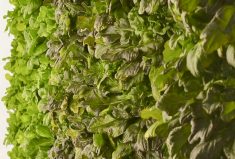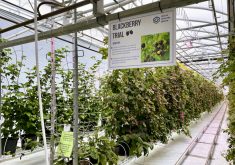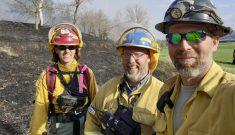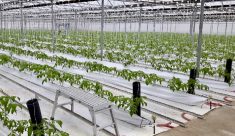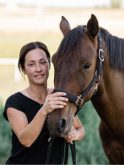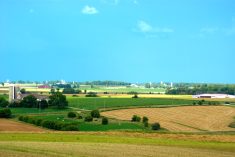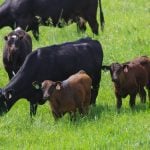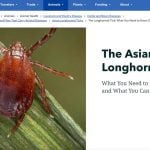Walker Industries has partnered with Ontario Greenhouse Vegetable Growers (OGVG) on a project to evaluate the feasibility of collecting and recycling spent growing media from growers in the Leamington/Kingsville area.
The research also involves testing Walker’s composting process to determine whether it can successfully inactivate certain viruses like the Tomato Brown Rugose Fruit Virus (ToBRFV).
Stonewool (also referred to as rockwool) is one of the main substrates used by greenhouse vegetable growers in Canada to grow their crops. A mineral-based product spun into wool and enclosed in plastic, it provides structure for the roots of plants grown hydroponically.
Read Also

Conservation Authorities to be amalgamated
Ontario’s plan to amalgamate Conservation Authorities into large regional jurisdictions raises concerns that political influences will replace science-based decision-making, impacting flood management and community support.
Once used, most stonewool “slabs” currently end up in landfill, as do traditionally compostable materials like pepper and tomato vines to prevent the spread of ToBRFV.
The research team is conducting trials to separate the plastic that surrounds the stonewool slabs and process the remaining material into a clean and usable product that is free of plastic contamination. The processed stonewool is then composted in Walker’s static aerated composting system. Prior to placement in the compost row, the infected material is secured in a specifically formulated vessel that allows the heat and air to pass through but prevents the stonewool from coming into contact with the other material in the compost row.
After the compost process is completed, a bioassay is used to determine if composting was effective in deactivating the virus. Samples of tomato tissue from the bioassay are sent to a testing lab to detect for the presence or absence of the virus.
Results are positive so far, and researchers are waiting on lab results from the bioassay tissue samples, and hope to have the project wrapped up with final results by this fall.


